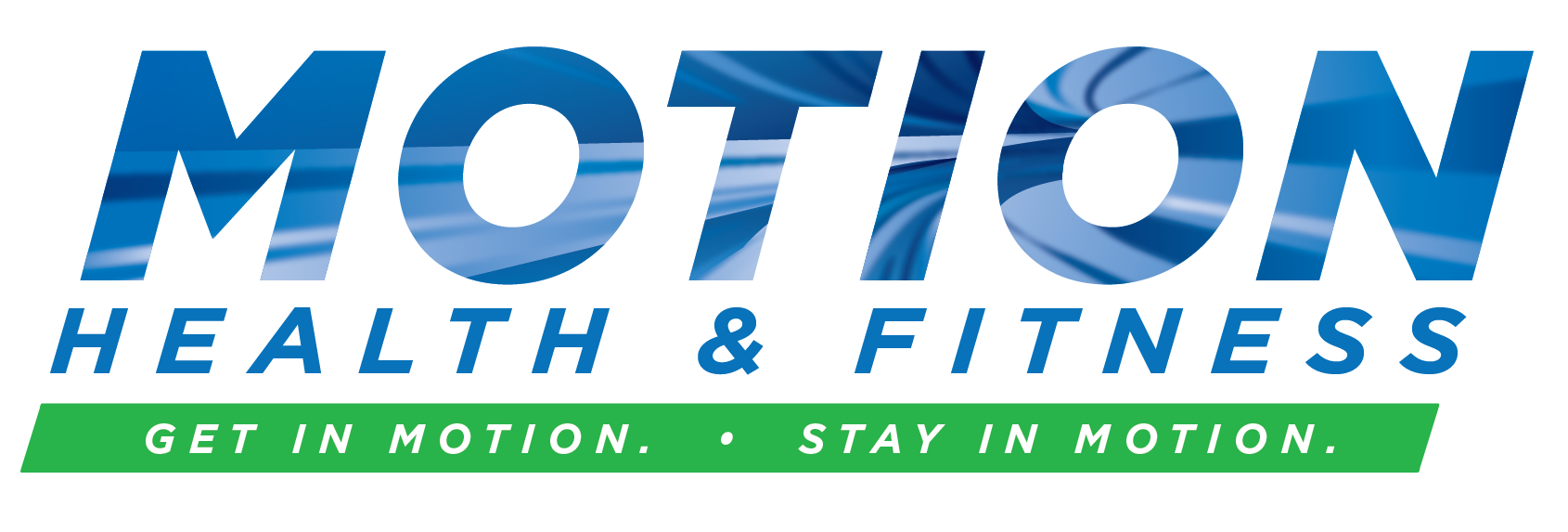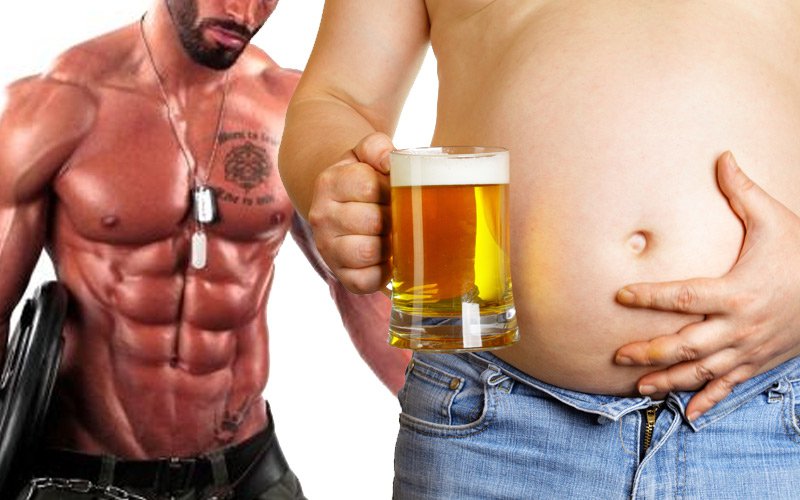Abs — everybody wants them. The truth is, everybody’s got them. Yes, underneath the varying amount of belly fat that most of us possess, lies a shapely wall of muscle.
The rectus abdominis are two parallel muscles running vertically on each side of the anterior wall of the abdomen. In the abdomens of people with low body fat, these muscles can be easily seen and they are commonly referred to as “six packs.” However, some people have “four packs,” “eight packs” or even “ten packs” that are plainly visible. Simply being thin is usually enough for the ab muscles to be prominent, even without conducting ab exercises.
While many people desire the classic six-pack look purely for aesthetic reasons, the rectus abdominis is an important postural muscle. Strong abdominals can help to reduce lower back pain, improve balance and stability, and also prevent injuries. So, ab exercises are critical for all of those reasons, but not for trimming fat, which they won’t. Don’t fall for the myth that doing abdominal exercises will cut the belly fat hiding your abs and give you a ripped stomach.
The rectus abdominis also assists with breathing and plays an important role in respiration when forcefully exhaling, such as during exercise. It also helps to keep the internal organs intact and in creating intra-abdominal pressure, such as when exercising or lifting heavy weights. Yes, your abs are important for more than just outward appearance.
The abdominal muscles are present in everyone. There is little need for most people to perform ab exercises, such as crunches, to make them “pop.” The reason why most people’s abs aren’t visible has nothing to do with a lack of ab exercises; it’s because they have too much abdominal fat covering the underlying muscles for them to be seen.
Once you strip away the fat, the ab muscles are clearly visible. If men drop their body fat percentage into the range of 10-12 percent and women to 15-17 percent (sorry ladies, but you typically hold more belly fat and have a higher body fat percentage than men), your abs will become noticeable. Then you can really begin focusing on ab exercises, such as planks, hanging leg raises, ab wheel roll outs and jackknives on a stability ball.
In the meantime, your focus should be reducing the amount of visceral and subcutaneous fat in your stomach, which is hiding your abs right now.
What is visceral fat and subcutaneous fat?
Visceral fat surrounds your internal organs. It takes more effort to lose and it is dangerous. Excess visceral fat interferes with liver function and metabolic function. This leads to high blood pressure, cardiovascular disease, stroke, diabetes and even some cancers. Research has shown that the size of your belly is a relatively reliable indicator of the health risks linked to visceral fat.
Subcutaneous fat is stored just underneath the skin. It is the type of fat that you can easily pinch or grab hold of, and it is apparent on the stomachs of most people. However, subcutaneous fat is not necessarily unhealthy. It may not look good to you, but it is not nearly as hazardous to your health as is visceral fat.
Obviously, lifestyle choices affect the amount of body fat you carry. Being too sedentary, not exercising enough and eating an unhealthy, high-calorie diet will cause you to store more, and burn less, fat.
Another culprit is a lack of sleep. While the specific amount of sleep that’s best varies by individual, the National Sleep Foundation recommends seven to nine hours a night for most adults. Researchers have found that the number of hours you sleep affects your metabolism. When you’re sleep-deprived, it’s harder to manage blood sugar levels and you may be hungrier for high-carb foods.
Other factors include stress, which causes your body to release certain hormones (such as cortisol, norepinephrine and epinephrine) that cause fat accumulation on the abdomen and make you resistant to weight loss.
Lastly, diet is primary component in fat gain or loss — and it’s fat that’s hiding your “undercover” abs. There’s an old saying: Abs are made in the kitchen, not in the gym. Start by reducing your intake of sugars, bad fats and processed foods.
Good fats include avocados, olives, olive oil, oily fish (such as salmon, mackerel, trout, herring and sardines) nuts (walnuts, pecans, almonds, cashews and pistachios) and flax seed/meal, which are full of omega-3 fatty acids.
Processed foods, which are abundant in the modern American diet, include processed meats (deli and lunch meats, salami, hot dogs and sausages) white rice, white and/or refined bread, chips, sodas, sugary cereals and store-bought cookies, crackers, muffins and cakes.
Adults should get 45 percent to 65 percent of their calories from carbohydrates, 20 percent to 35 percent from fat, and 10 to 35 percent from protein, according to the National Academy of Medicine.
Based on this, I recommend aiming for the lower percentage of fats, 20 percent, and the higher percentage of proteins, 35 percent, leaving the remaining 45 percent to carbohydrates.
Clearly, exercise is important if you want to have a flat stomach, much less ripped abs.
Activities such as running, cycling or jumping rope are all excellent calorie burners and are great for the heart, your most important muscle. Minute per minute, cardio burns more calories than weight training, so it is very effective at reducing fat mass and body mass. However, those last two words — body mass — are critical.
Doing lots of cardiovascular exercise will not only cause you to burn fat; it will also cause you to burn vital muscle mass. Yes, weight loss due to cardiovascular exercise can be the result of muscle loss, as well as fat loss. Yet, muscle is vital to your metabolic rate and calorie/fat burning.
Compound, or multi-joint, weight lifting exercises (such as squats, deadlifts, lunges, pull ups and bench presses) are all great fat burners. What’s more, by building additional muscle you will increase your metabolic rate, allowing you to burn more calories even when you aren’t exercising.
Both weight training and cardiovascular training have numerous health benefits, and both will help you trim fat and reveal that six pack hiding underneath your belly fat.
Just remember that how much you eat will have a far greater impact on your weight status than exercise will. That’s because it’s far easier to take in less energy (calories) than it is to burn significant amounts of energy through exercise.
That said, only weight training will give you a truly sculpted body and the shape that so many of us desire.






